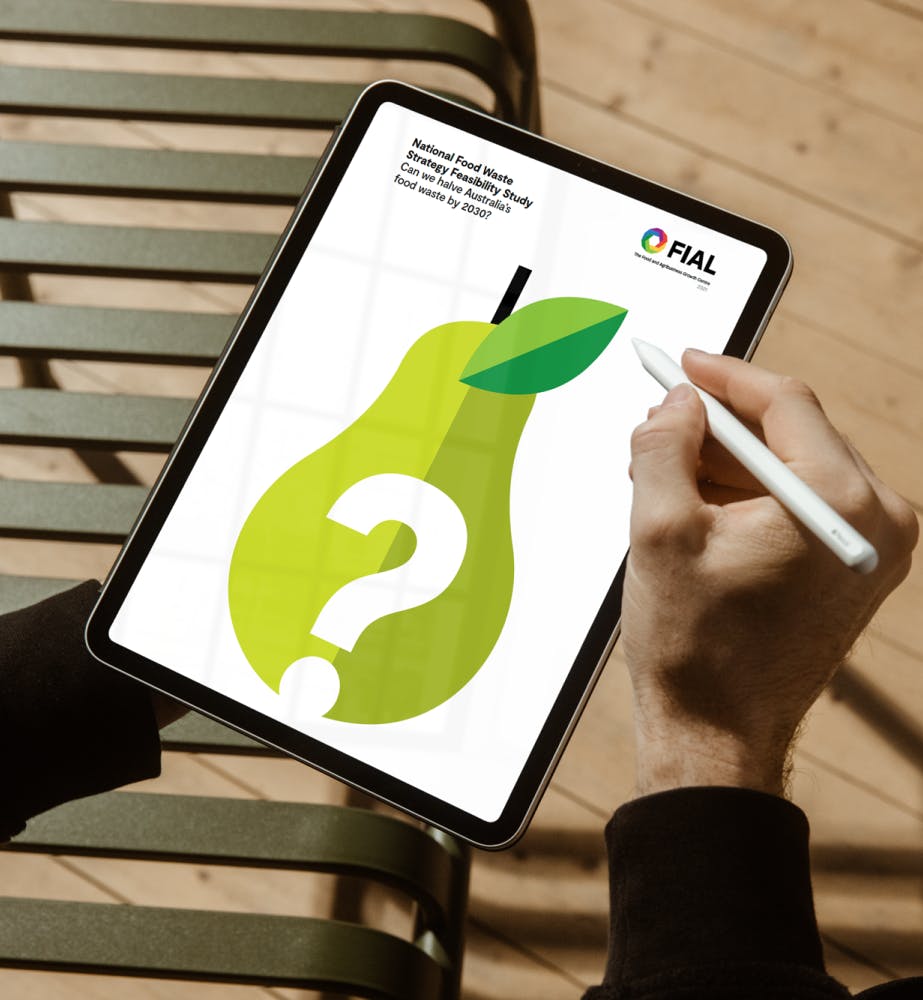
End-of-life tyre recovery in Australia
The Environmental Impacts of Waste Tyre Recovery
Tyre Stewardship Australia partnered with Edge to model tyre-derived products, assessing impacts and market benefits.
The Challenge
Effectively managing end-of-life tyres (EOLT) to mitigate environmental risks associated with illegal dumping and divert hazardous waste from landfill remains a persistent challenge.
While Australia has made notable strides in achieving substantial EOLT recovery rates, the major recycling pathway of these reclaimed tyres face exportation for utilisation as fuel. Unfortunately, other applications of EOLT have received less attention.
Industry has limited knowledge of environmental performance of tyre-derived products (TDPs) stemming from EOLT, hindering the market demand of these products and further increase of EOLT recycling rate.
Key Deliverables
Research and Methodology Analysis

Life Cycle Assessment
Multicriteria Tool Development
Decision Making Recommendations
The Approach
Edge Impact collaborated closely with Tyre Stewardship Australia (TSA) and engaged with their stakeholders to specifically address the handling of EOLTs from both passenger and truck segments.
The focus extended to identifying potential end-market products in Australia that could be replaced by these EOLTs.



This comprehensive analysis resulted in the identification of eight scenarios that quantified the greenhouse gas (GHG) emissions and benefits associated with the use of TDPs.
To further enhance understanding and facilitate decision-making for producers and purchasers, a Reporting & Certification Schemes rating tool has been implemented.
This tool evaluates options against four criteria: robustness, uptake, impact, and eligibility. This systematic approach empowers businesses to select the most suitable option(s) aligned with their objectives and operational considerations.


The Result
Whilst the process of refining end-of-life tyres (EOL Ts) into finer products through physical decomposition demands a notable increase in energy consumption, the additional processing broadens the potential end markets for the TOP and the environmental benefits in the end market may offset these initial emissions.
The results exhibited either 4%-9% of improvement or 5%-18% of increase in GHG emissions under various TDP replacement scenarios. This underscores the critical importance of pinpointing the most suitable end market for TDP.
Although the analysis focuses mainly on GHG emissions, other environmental impact categories, such as fossil fuel resource use, and water scarcity are presented to the stakeholders.
Explore Tyre Stewardship Australia’s Lifecycle Assessment of End-of-Life Tyres Report here.
Related case studies
A transformative stewardship scheme
Tackling Australia's largest waste stream
Fit for Office mitigates the impact of discarded furniture to drive a sustainable future.

A feasibility study for Food Innovation Australia Limited
Australia’s Path to Reducing Food Waste by 2030
Edge Impact led a consortium to assess feasibility and actions for FIAL’s food waste target.

A comprehensive plan for lower emissions in winemaking
Wine Australia's Emissions Reduction Roadmap
An industry-led approach to cutting emissions while ensuring prosperity for grape growers and winemakers.



